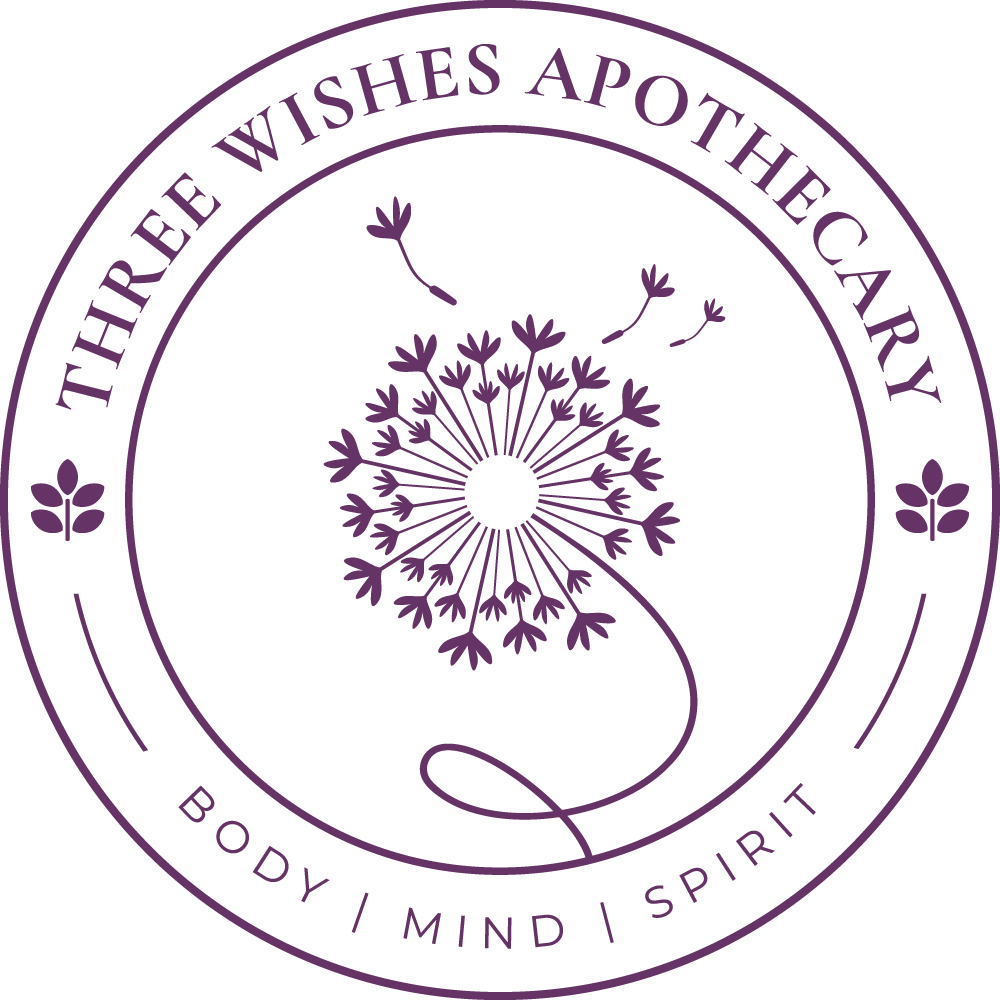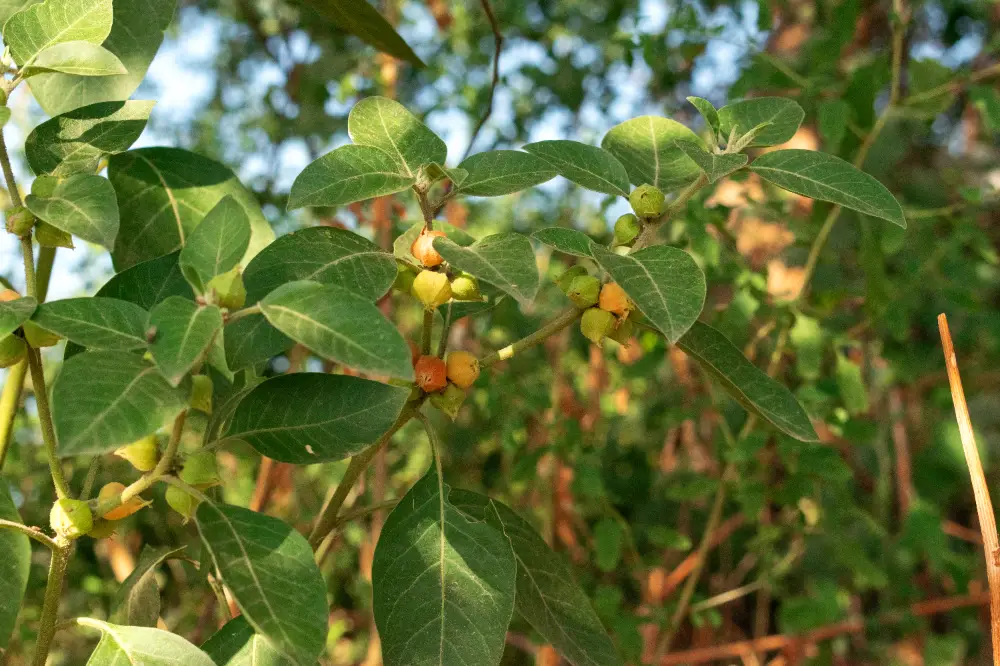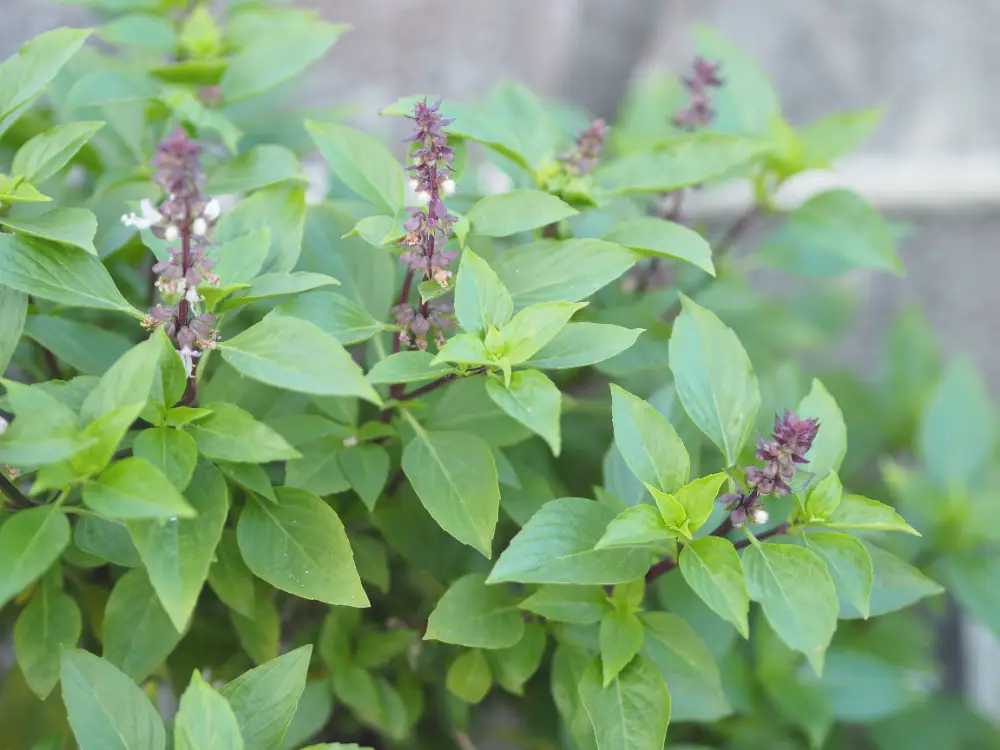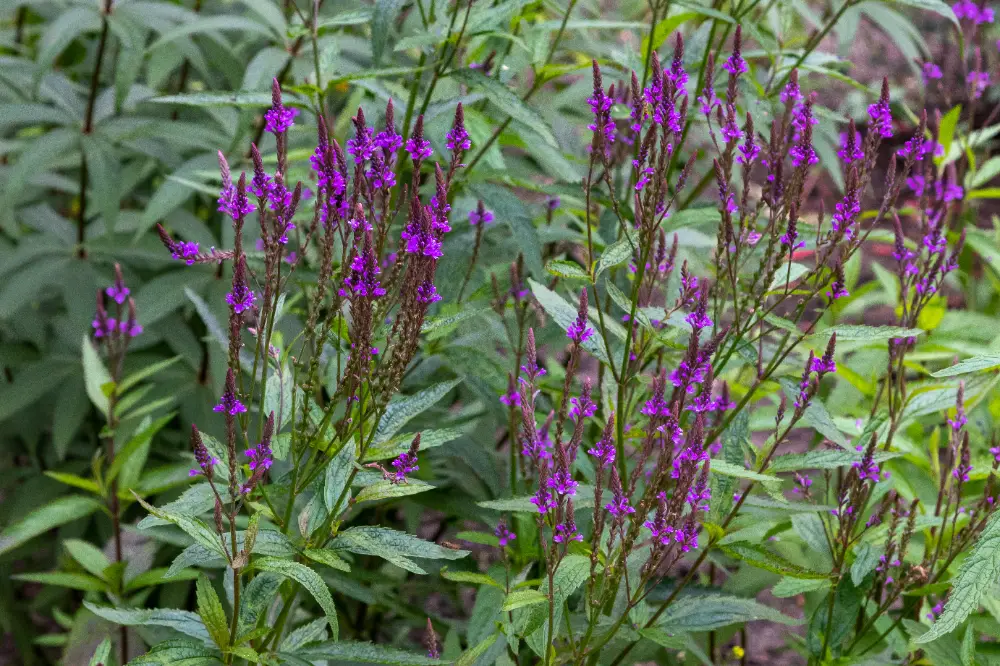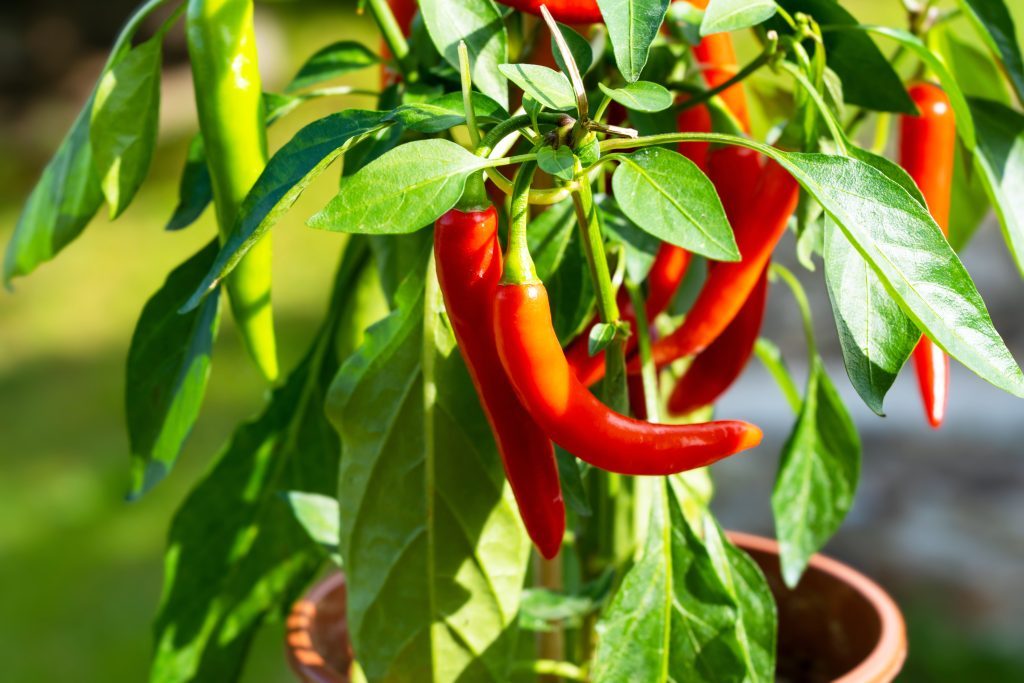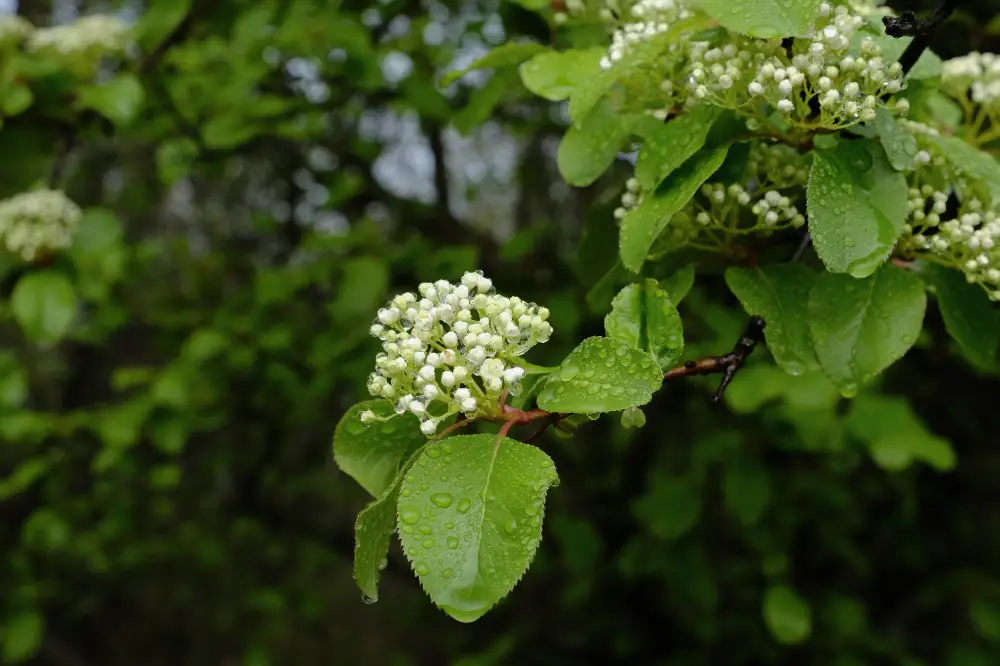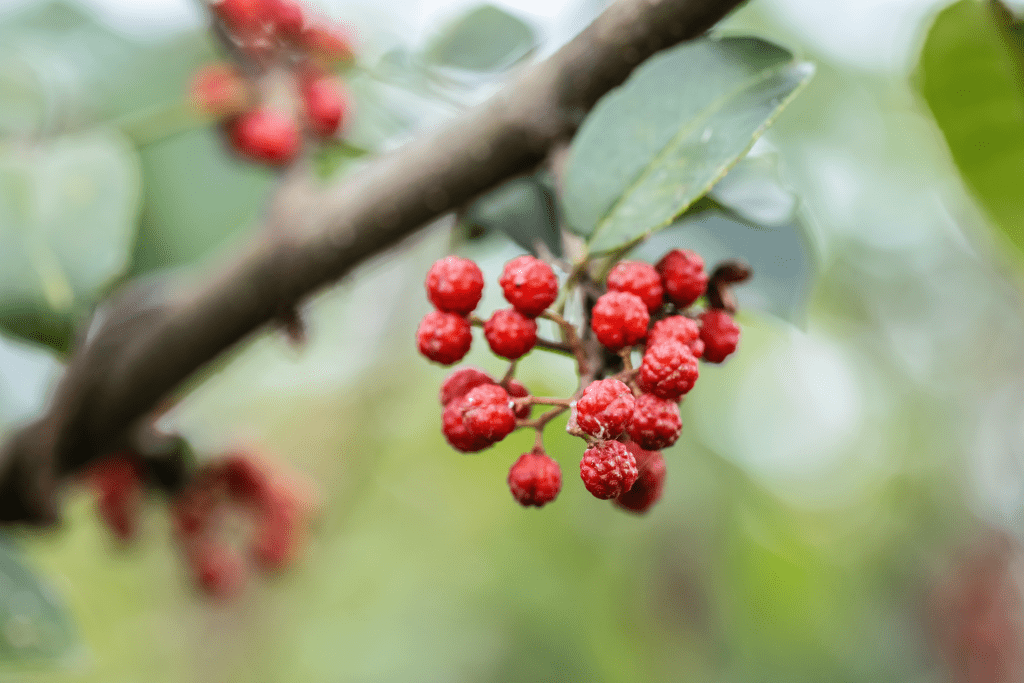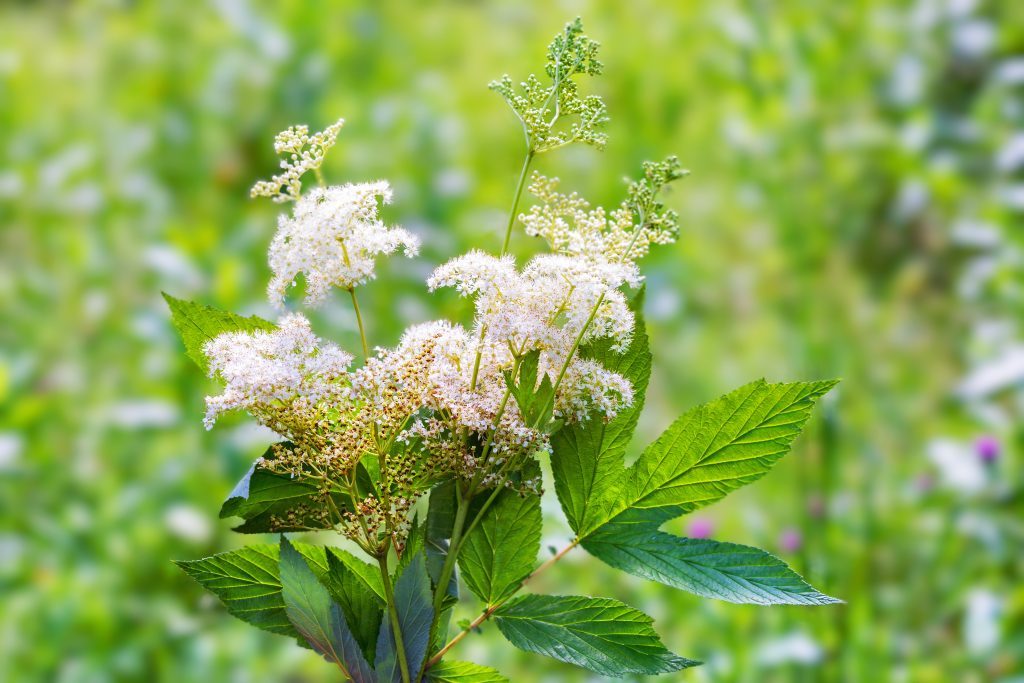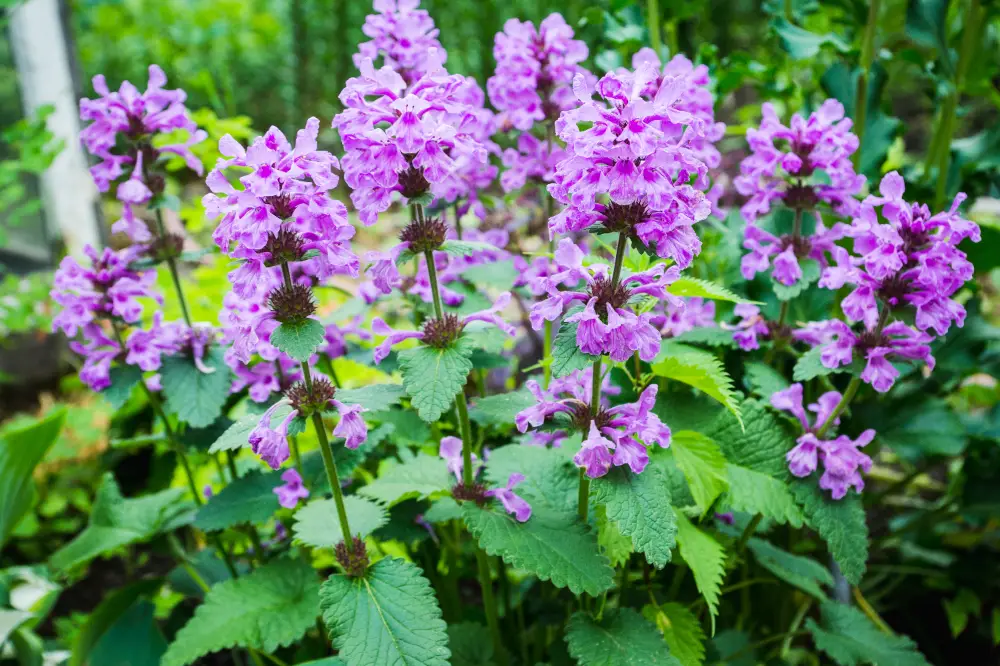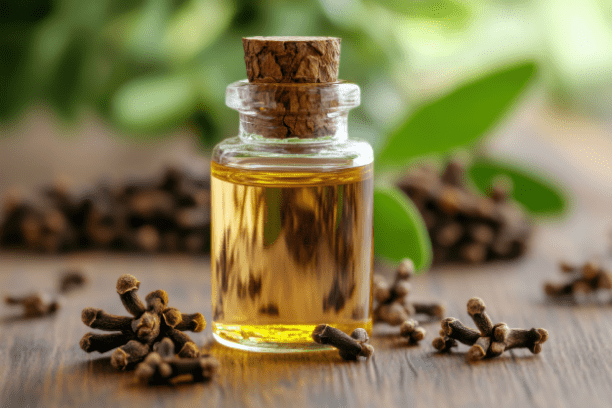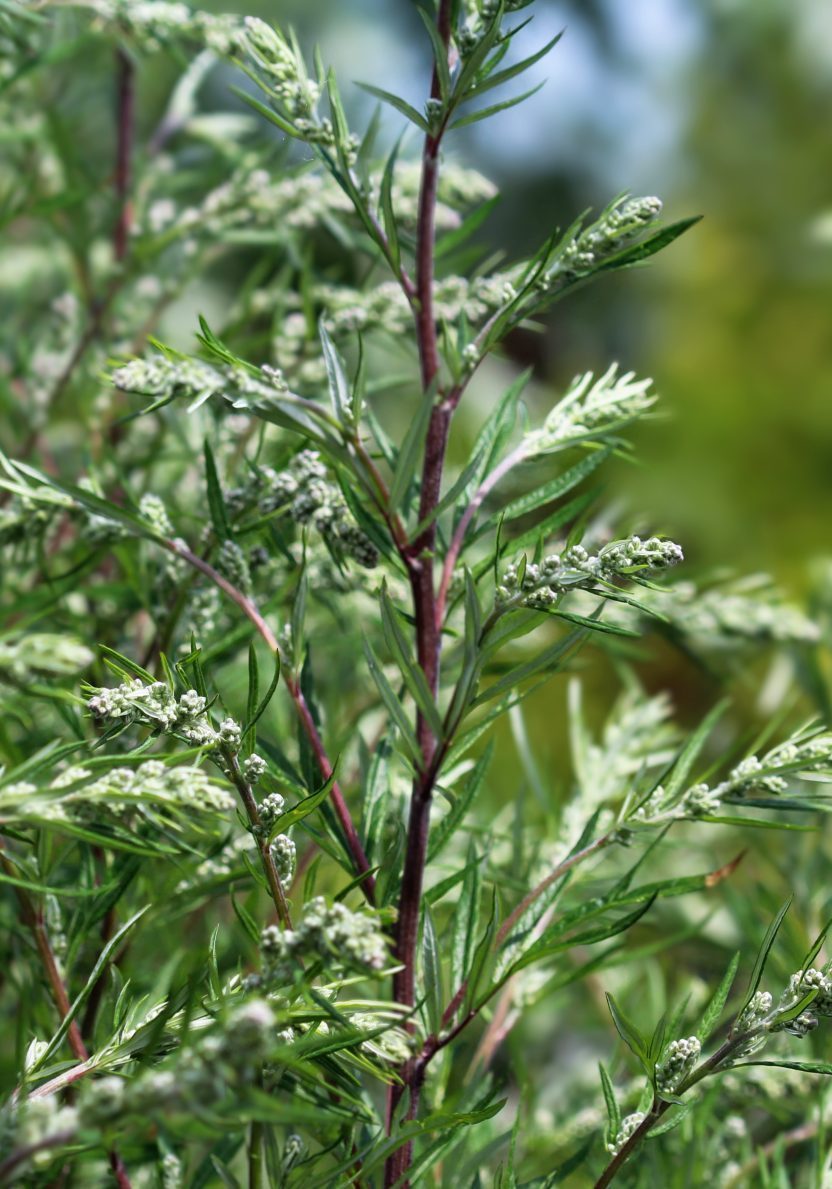
Mugwort
Artemisia vulgaris
Asteraceae (Daisy family)
The Dreamweaver and Protector, Guiding Intuition and Healing
Other names:
Common Wormwood, Wild Wormwood, Cronewort, Sailor’s Tobacco, Felon Herb
Superpower
The ability to enhance intuition, dreams, and protect against negative energies. Artemisia vulgaris is renowned for its connection to dreams and the subconscious, making it a potent ally for spiritual work and protection rituals.
Uses
-
- Used in Europe and Asia for centuries as a bitter digestive stimulant and to support normal menstrual flow in cases of dysmenorrhea and functional amenorrhea.
- Burned as an incense to protect against evil spirits and negative energies.
- Often placed under pillows or made into dream sachets to encourage vivid dreams and enhance intuition.
Current Uses:
-
- Mugwort is used to promote healthy digestion and is known for its emmenagogue effects, helping to regulate the menstrual cycle.
- Applied topically, it helps soothe skin irritations and promotes circulation.
- Mugwort is still used today in spiritual practices, especially in rituals for protection and enhancing psychic abilities.
Cautions
Toxicity:
-
- Mugwort contains thujone, which can be toxic in large amounts.
- Prolonged use or high doses can lead to nausea, vomiting, or nervous system disturbances.
- High doses can interfere with nutrient absorption.
- Thujone (when isolated or in high doses) is very toxic to the central nervous system (CNS), potentially causing paralysis, decreased coordination, and euphoric hallucinations.
- Thujone is not well preserved in water, so a water extraction is safer than an alcohol-based extraction.
Contraindications:
-
- Avoid during pregnancy, as mugwort may stimulate uterine contractions.
- Individuals with a known allergy to the Asteraceae family should avoid use.
Interactions:
-
- There are no known interactions with medications.
Known Chemical Constituents
Volatile Oils:
-
- Thujone, Borneol, Pinene: Contribute to mugwort’s stimulating effects, aiding in dream enhancement and protection rituals.
Sesquiterpene Lactones:
-
- Support anti-inflammatory and pain-relieving effects.
Bitter Principles:
-
- Stimulate digestion and promote the healthy movement of bile.
Flavonoids:
-
- Quercetin, Rutin: Provide antioxidant properties and help reduce inflammation.
Coumarins:
-
- Support circulation and act as anti-inflammatory agents.
Tannins:
-
- Provide astringent properties, aiding in tissue toning and reducing inflammation.
Nutrients:
-
- CHO (Mucilage, Inulin): Provide soothing effects, particularly for digestion.
Amines & Fatty Acids:
-
- Contribute to cellular function and support healing.
Trace Alkaloids:
-
- Present in small amounts, adding to mugwort’s medicinal properties.
Botanical Description
Habitat: Native to Europe, Asia, and North America, Artemisia vulgaris thrives in disturbed soils such as roadsides, fields, and open areas. It prefers well-drained, sandy soils and full to partial sunlight.
Leaves: Deeply lobed, dark green on the surface, and silver-grey underneath due to fine, silky hairs. The leaves are aromatic when crushed.
Stems: Erect, reddish-brown, and can grow between 3 to 6 feet tall.
Flowers: Small, greenish-yellow flowers grow in clusters along the upper stem and bloom from mid to late summer.
Roots: Rhizomatous root system that spreads underground, allowing the plant to spread easily.
Fun Facts
Mugwort has long been used by travelers and sailors for protection. In ancient times, it was believed that placing mugwort in one’s shoes would prevent fatigue during long journeys, which earned it the nickname “Sailor’s Tobacco.”
Parts Used
Aerial
Harvest
Timing:
-
- Leaves and flowers: Best harvested in the summer, just before the plant goes to seed when the essential oils and active compounds are most potent.
- Roots: Harvested in autumn, though less commonly used.
Method:
-
- Use scissors or pruners to cut the aerial parts, taking care not to damage the plant. Harvest on a dry day to prevent moisture from spoiling the plant during drying.
- For roots, dig around the base of the plant, loosening the soil to gently lift the root system.
Storage:
-
- Dry the leaves and flowers in a well-ventilated, cool, and shaded area. Once dried, store in airtight containers away from light and moisture.
- Dried leaves and flowers are most effective within one year, while roots, if used, can last up to two years.
Preparations
Teas/Infusions: Commonly used to support digestion, regulate menstrual flow, and promote relaxation before sleep.
Tinctures: Taken to stimulate digestion, relieve bloating, and support menstrual health.
Incense: Burned for protection, purification, and dream enhancement rituals.
Sacred Rituals
Meditation Aid: Brew a mild mugwort tea before meditation to connect with your intuition and enhance spiritual clarity.
Affirmations
“I trust my intuition and embrace the wisdom that flows through me in dreams and waking life.”
Spiritual Associations
Often associated with dream work, intuition, and protection. It is used in rituals to encourage lucid dreaming and to ward off negative energies. Mugwort is believed to enhance psychic abilities and intuition, making it a popular choice for those seeking guidance in spiritual journeys and dream interpretation.
Functions
Anthelmintic refers to a substance or agent that helps expel or destroy parasitic worms (helminths) from the body.
BitterA substance or agent, often from herbs, that has a distinctly bitter taste and stimulates digestive function, including the production of digestive enzymes, bile, and stomach acid.
CarminativeA substance or agent that helps relieve gas, bloating, and discomfort in the digestive system by promoting the expulsion of gas and soothing the digestive tract.
CholereticA substance or agent that increases the production of bile by the liver, aiding in digestion and the elimination of waste products.
DiaphoreticA substance or agent that promotes perspiration, helping the body regulate temperature, detoxify, and respond to fevers.
Digestive & Elimination HealthThe overall well-being and optimal functioning of the digestive system, which includes the gastrointestinal tract, liver, pancreas, and other supporting organs. It encompasses the processes of breaking down food, absorbing nutrients, and eliminating waste, as well as maintaining a healthy balance of gut microbiota.
Dream EnhancementThe use of substances, practices, or techniques to promote vivid, memorable, or meaningful dreams, often to support self-reflection, creativity, or spiritual exploration.
Emmenagogue (stimulate menstrual flow)An emmenagogue is a substance that stimulates or regulates menstrual flow and can help address menstrual irregularities or delayed periods.
Menstrual HealthMenstrual health refers to the overall well-being and proper functioning of the menstrual cycle, including hormonal balance, cycle regularity, and the absence of significant pain or discomfort.
Nervine TonicA nervine tonic is a substance that nourishes, restores, and strengthens the nervous system, promoting long-term resilience and balance.

